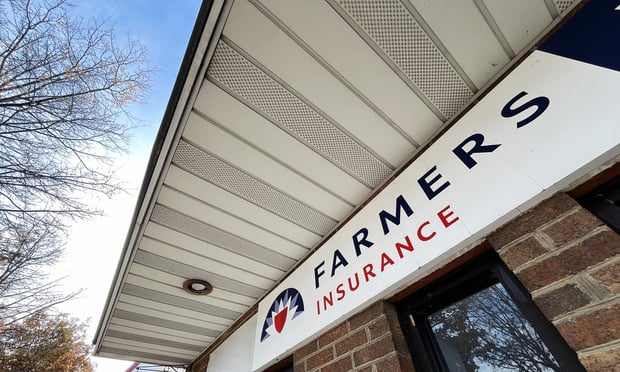As Congress weighs reauthorization of the National Flood Insurance Program (NFIP), it has multiple options for addressing the program's challenges and should take into account specific insurance market, technological and other developments, according to a report by the American Academy of Actuaries.
Authored by the Academy's Flood Insurance Work Group, the public policy report "National Flood Insurance Program: Challenges and Solutions" describes premium setting and program financing options for addressing the NFIP's debt and future obligations, including both public and private financing mechanisms, and other possible reforms.
The report also notes that improvements in how flood risks are assessed and modeled are reducing the uncertainties surrounding flood risk and could lead to greater market participation by private insurers and reinsurers.
|Reassessment of the role of the NFIP
"Better data and more advanced models are giving us a clearer view of flood risk, which opens up additional opportunities for private insurers and reinsurers to underwrite flood risk. That may have important implications for the NFIP," said Academy Vice President for Casualty Rade Musulin, the chairperson of the work group. "The reauthorization process can lead to reassessment of the role of the NFIP, which historically has operated under financial conditions and rules different from those of private issuers, and with a different purpose."
The Academy's examination of reform approaches and aspects of the NFIP and the private flood insurance market covers:
- Options for paying for the program's debt and financing its future obligations, including consideration of where public contributions to NFIP finances may be appropriate and of the time horizon to be used to measure future obligations.
- The need for clarity around NFIP funding sources for actuarially sound rates to be computed.
- Take-up rates in "low-risk" areas and the potential benefits and challenges of improving the NFIP risk pool to include more properties that are at lesser risk.
- How improved data and modeling may affect private market underwriting.
- Potential implications of flood insurance privatization, including the possibility of adverse selection for the NFIP if private insurers underwrite more policies, as well as incorporation of private flood insurers within the state-level system of insurance regulation.
- Evaluation of existing approaches to property insurance market challenges at the state level and whether they could be used or adapted for the NFIP.
- Assessment of the value of the non-insurance activities of the NFIP, such as promulgating maps and encouraging smart land use policy, and consideration of how changes in those activities might affect other federal budget outlays such as disaster assistance.
Rising sea levels
In addition, the Academy encourages Congress to take a forward look at the NFIP in the context of rising sea levels, noting the prospect of sea level rise of 3 feet or more in the coming decades and observing that the United States is especially vulnerable to large property losses because of the amount of valuable property in at-risk coastal areas.
The report says, "In the face of rising sea levels and increased losses, it will be impossible [for the NFIP] to maintain current premiums, coverage, and eligibility without severe limits on building, strong mitigation requirements, or exposure to enormous program losses and additional U.S. debt."
Want to continue reading?
Become a Free PropertyCasualty360 Digital Reader
Your access to unlimited PropertyCasualty360 content isn’t changing.
Once you are an ALM digital member, you’ll receive:
- Breaking insurance news and analysis, on-site and via our newsletters and custom alerts
- Weekly Insurance Speak podcast featuring exclusive interviews with industry leaders
- Educational webcasts, white papers, and ebooks from industry thought leaders
- Critical converage of the employee benefits and financial advisory markets on our other ALM sites, BenefitsPRO and ThinkAdvisor
Already have an account? Sign In Now
© 2024 ALM Global, LLC, All Rights Reserved. Request academic re-use from www.copyright.com. All other uses, submit a request to [email protected]. For more information visit Asset & Logo Licensing.








